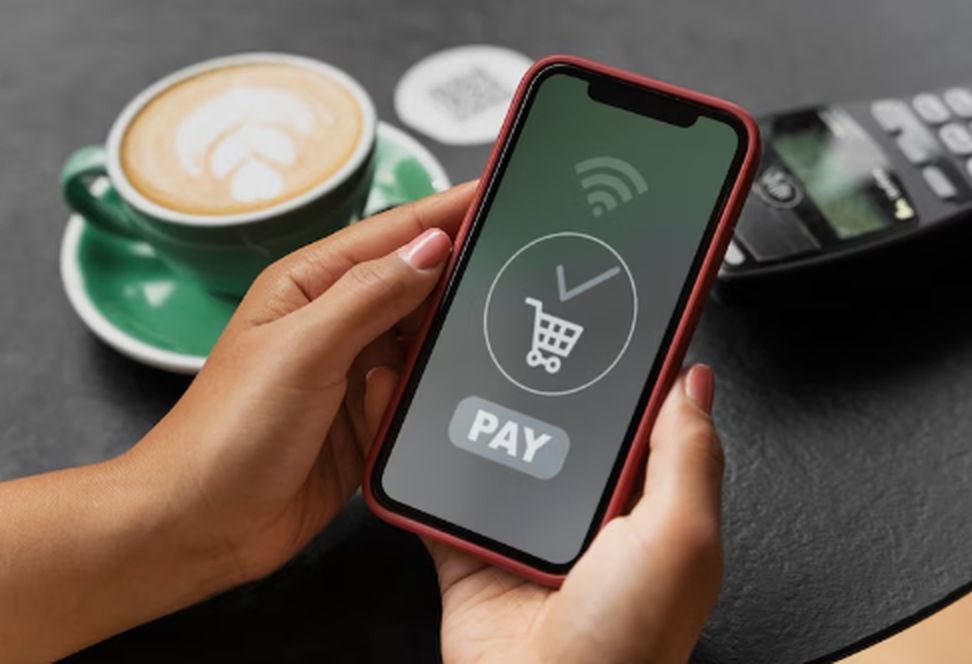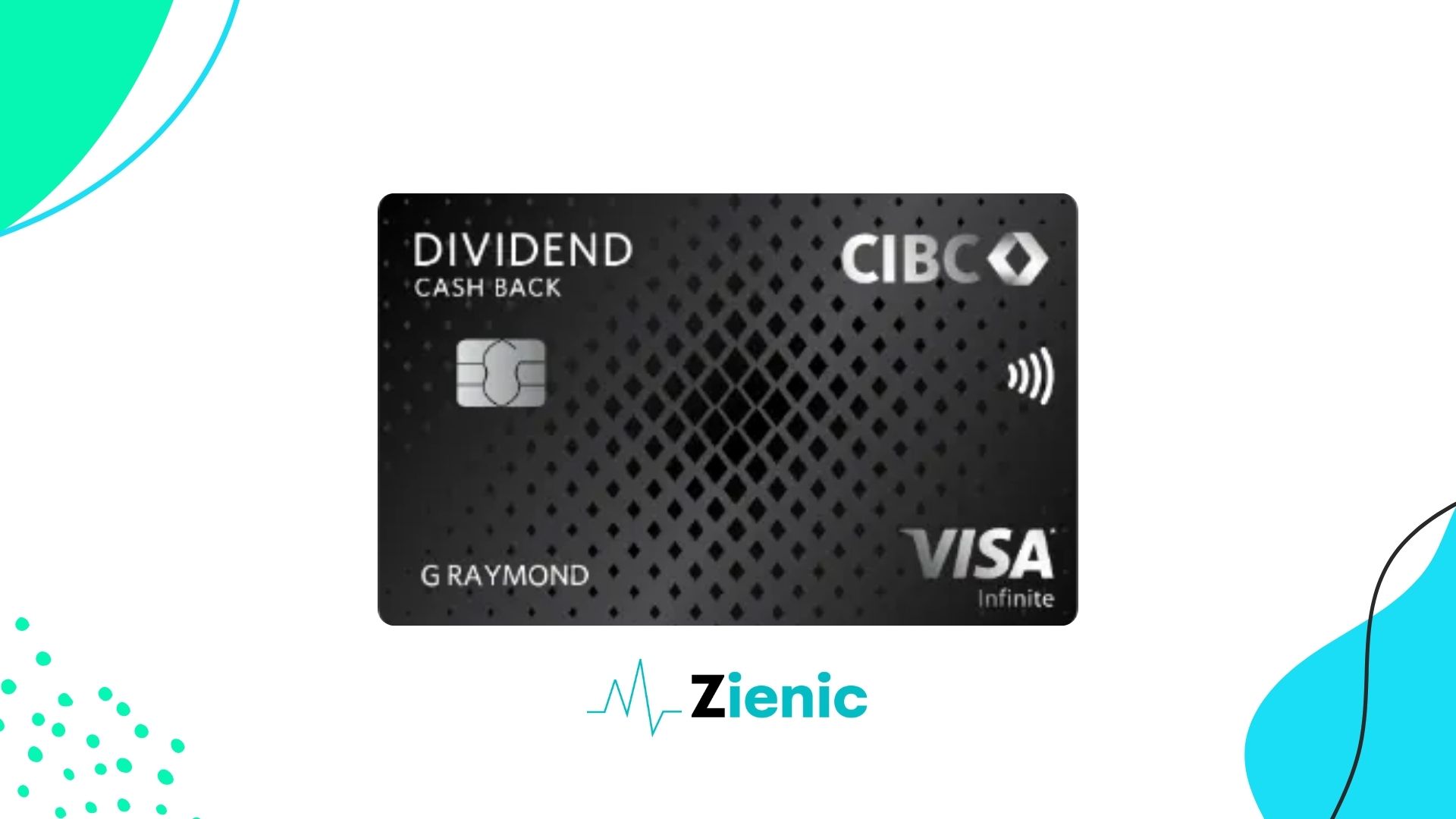The rise of digital finance has transformed how Americans interact with their money—and salaries are no exception. As traditional payroll systems evolve, instant pay models are gaining traction, offering workers access to their earnings within seconds. This shift not only redefines convenience but also changes how individuals approach budgeting.
Across the U.S., companies are beginning to embrace the power of instant payroll systems. With digital wallets and fintech platforms making same-day deposits a reality, employees are no longer bound by rigid biweekly pay cycles. The new model emphasizes flexibility, giving workers immediate control over their finances in ways that were once unthinkable.
The Era of Waiting for Payday Is Ending

Historically, employees had to wait up to two weeks—or longer—to access the money they earned. This delay often led to cash flow struggles, reliance on high-interest credit, or the need for short-term loans to bridge the gap. Instant payment solutions address these pain points by allowing earned wages to be disbursed in real time, removing the lag between work and reward.
This change isn’t just about speed—it’s about empowerment. When workers gain immediate access to their income, they’re better equipped to manage expenses, avoid late fees, and respond to financial emergencies without resorting to debt.
How Instant Pay Impacts Financial Behavior
Having quicker access to money influences more than just convenience. It rewires how people think about spending and saving. Traditional budgeting was often structured around long payroll cycles. With instant pay available, users are prompted to adopt more dynamic financial strategies.
Many digital platforms offering this service also include financial planning tools. These features help employees track their spending, set goals, and receive alerts—all in real time. As a result, financial literacy and awareness improve alongside accessibility.
Benefits for Employers and Employees Alike
The shift to digital salary solutions isn’t solely beneficial to employees. Companies adopting this model report greater retention, improved recruitment appeal, and enhanced morale. In industries like retail, hospitality, and logistics—where high turnover is a challenge. Employers also benefit from lower payroll processing costs and a boost in operational efficiency.
Key Advantages of Instant Pay Systems
Before this shift, many workers felt detached from their financial progress and lacked real-time insights. Today, with tools that offer transparency and control, they manage money more effectively, make informed decisions, and track spending in real time. Some primary benefits include:
- Enhanced financial autonomy and reduced reliance on credit
- Decrease in late payments and associated penalties
- Ability to cover unexpected expenses immediately
- Greater satisfaction and trust in employers
These advantages contribute not only to personal well-being, but also to a broader cultural shift in how workers interact with their employers. When companies prioritize financial flexibility, they foster deeper engagement, loyalty, and a sense of shared responsibility for long-term success.
Addressing the Challenges and Concerns
While instant payroll offers many advantages, it also introduces new challenges. Financial discipline is critical. With constant access to funds, the temptation to overspend may increase, particularly among younger users. That’s why educational resources and spending limits are often integrated into these systems.
Cybersecurity is another concern. As more financial data flows through digital channels, robust encryption and user authentication protocols become essential. Fortunately, most providers prioritize security, adhering to strict compliance standards.
A Glimpse Into the Future of Work and Pay
As the workplace continues to digitize, so too will payroll operations. Instant pay is no longer a luxury—it’s rapidly becoming an expectation, especially among younger generations who value flexibility and autonomy. Forward-thinking businesses that invest in this technology will likely see long-term dividends in employee loyalty and operational resilience.
Ultimately, the rise of instant pay reflects a larger cultural shift: one where financial control is decentralized and personalized. With innovation continuing at a rapid pace, the future of salary distribution is instant, intelligent, and fully integrated into the digital lives of American workers.



